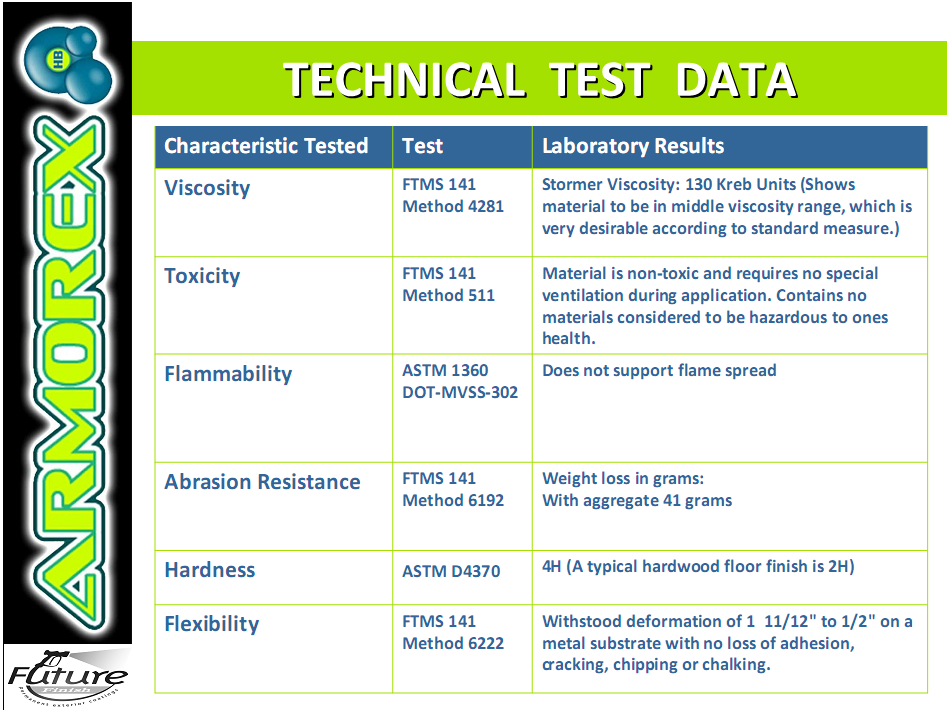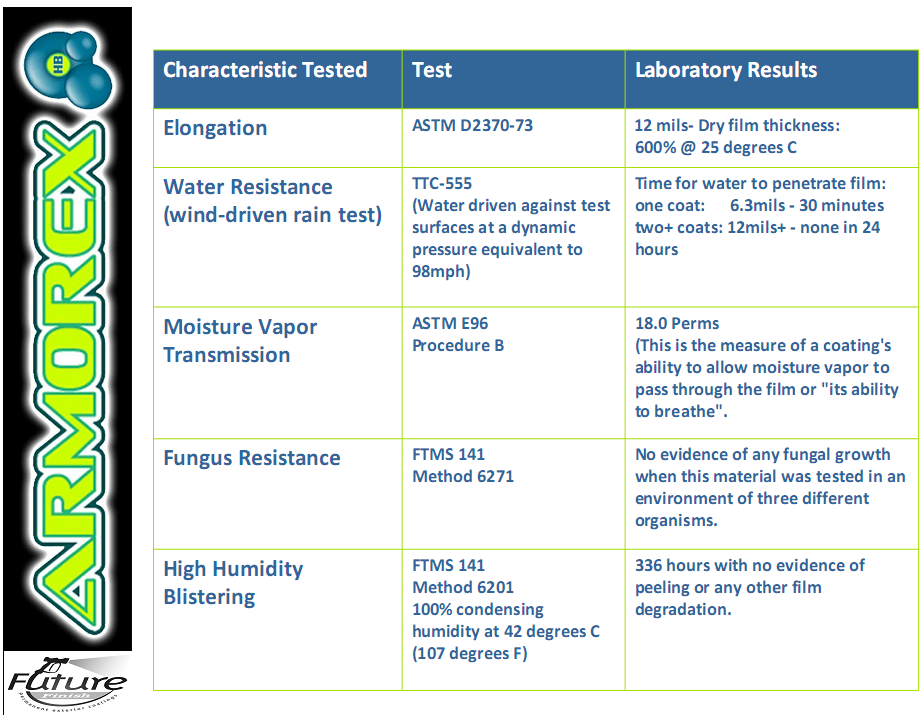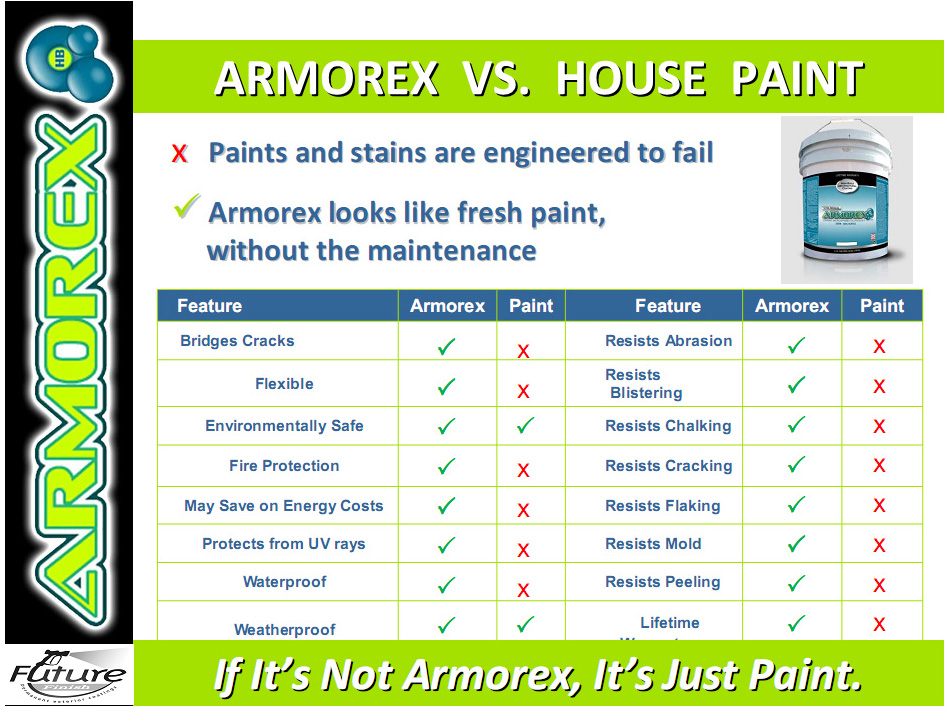Ceramic Microsphere Technology Ceramic technologies have been around for more than twenty years and is highly effective in preventing unnecessary heat loss or gain in residential and commercial structures. As an outgrowth of NASA developments for the space shuttle, special ceramic technology was created that not only provides for heat-energy reflectivity, but also for heat-conduction properties. This innovative product has the ability to prevent heat transfer and heat loading onto a structure. This means heat will not transfer into or out of a building. With this state-of-the-art energy-efficiency technology, microscopic hollow ceramic spheres are incorporated in our proprietary coating systems. |
||
As
the coating dries or cures to form its high build film, these tiny
spheres pack together like balloons in a large grouping to form a highly
efficient barrier that not only reflects most incoming solar heat, but
also inhibits absorbed heat from being conducted through to the wall or
roof and ultimately the building interior. |
||
This type of “high-emissivity” coating quickly radiates any absorbed solar heat back to the atmosphere instead of retaining it. In this sense, a truly energy-efficient coating offers both high reflectivity and high emissivity. Simple pigmented coatings may possess high reflectivity but lack high emissivity. Energy efficiency demands more than just a light color. Such energy-efficient coatings work bi-directionally: heat is reflected away from the building envelope in summer and interior heat is reflected back into the building in winter, which may increase energy savings year-round. This is similar to the principle
now used in energy-efficient “Low-e” window systems, where outside heat
is kept outside in summer and indoor heat is kept inside in winter with
the window emitting very little heat outdoors.  |
||
Reduction in Whole Life Cycle Costs and Environmental Impacts The construction industry and home improvement industry alike have recently experienced a paradigmatic shift in its approach to product delivery and the achievement of customer satisfaction. Where previously the design and construction teams placed a heavy emphasis on delivering solutions at the lowest possible cost, a greater awareness and desire to consider costs over the whole life of the building have prevailed. Homeowners now want solutions that demonstrate value for money over the long term, and are not interested simply in the design solution which is the least expensive. |
||
Armorex answers the Eco-Conscious call By selecting Armorex you do your part to stop the costly and repeated paint cycle |
||
 Step 1 All consumer products begin their life cycles with a dependence on the natural environment. Some form of energy is always required to extract the natural resources from the earth or its atmosphere. To produce fiber, trees must be grown and harvested. To produce plastic coatings, petroleum and natural gas must be extracted from the earth. Step 2 Raw materials are processed or refined. For example, wood fiber is processed into cardboard and natural gas is processed into plastic resin. Energy is required for the processing and refining. Step 3 Additional energy is required as processed or refined materials move through the manufacturing and assembly processes. Step 4 Consumer products are transported to stores (consuming additional energy) and are ready for purchase. Products remain at this stage as long as they are usable or repairable. Step 5 The product is no longer of use to us and we dispose of it. |
||
Armorex = Longer Service Cycle = Less Energy |
||
Armorex brand exterior coatings has been selected by the green building team at Paradise Cove, Chapin, SC to be the exterior coating of choice. |
||
 |